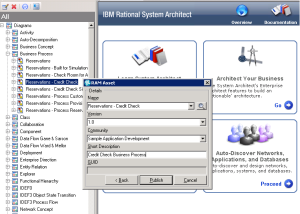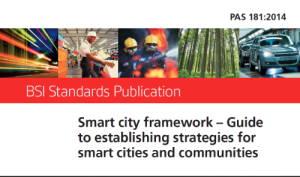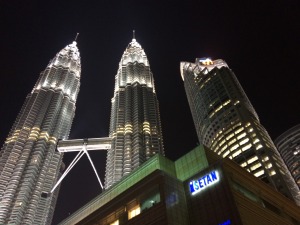Smart City Design
Our simple mission is to bring smart city data to a useful conclusion, in a safe, secure and sustainable manner. KnowNow provides this design service today to customers globally. How?
The world around us is swamped with data. Turning this data into something worthwhile will give that data a value. Those involved in the creation, curation and response to this data have a
hand in generating and maintaining that value. What KnowNow does is work out for places, organisations, and people what that useful data could be, how much it will cost, and what the benefits are. In short, we can tell you how to create that useful data and then successfully exploit it. Whilst giving you a bill of materials and a deployment plan to realise it. We avoid cities getting into dead ends!
System Architect
KnowNow does this through a design process that is underpinned by the ToGAF methodology with the design itself captured via a tool – System Architect (from Rational).
The use of this tool gives KnowNow a number of advantages. Firstly, the tool drives design excellence as it is consistently searching for context and appropriateness (e.g. a design statement needs to meet a standard). Secondly, the tool allows the complexity of a smart city to be documented, yet at the same time due to its capabilities, it is easy to carve out the perspective for a particular user.
PAS 181
KnowNow will approach a smart city design exercise by firstly understanding the outcomes that are required, for whom to be supplied by X, Y & Z organisations. Once these outcomes are understood, it is then possible to work out the technology components, the business process and the people (skills & locations) required to realise that outcome. The end game is a sustainable “Information Marketplace” as described by PAS 181 – Smart City Interoperability Framework (which I was a co-author of).
However, because some components are used more than once, it is also possible to draw out a ‘heat map’ of the components, those that are critical (in terms of outcome) or are heavily used by other components (e.g. a network link) are highlighted as such. The model allows for more informed investment decisions; enables governance of the smart city because all parties can see where an existing component is being utilised, (Impact Assessments); and allows the city to have informed capacity planning decisions too from this same dataset.
What is a Smart City
The KnowNow IT architecture for a smart city embraces standards and interoperability. See the blog I wrote here which outlines what a smart city is:
- Interoperable
- Open
- Sustainable
- Outcomes Focused
- Leadership
The KnowNow Smart City Design underpins the above and puts practical and viable IT components together that will deliver a smart solution. KnowNow is technology agnostic, yet will deliver a requirement-led and well-engineered solution. This will ensure it is sustainable, has value, and will meet expectations.
In short, KnowNow can de-risk and put a smart city project onto the correct trajectory. Plus, KnowNow can articulate the business impact of a smart city project across any number of silos at the city level. Once a city is in delivery mode then provide an ongoing governance role ensuring that all stakeholders behave according to the rules. What we call ‘Holding the Ring”.
If you have a city that requires an outcome-centric IT architecture, or you are a city about to invest in being smart, then KnowNow can help your place get there.
We look forward to hearing from you.
Thanks for reading, Chris





Trackbacks/Pingbacks